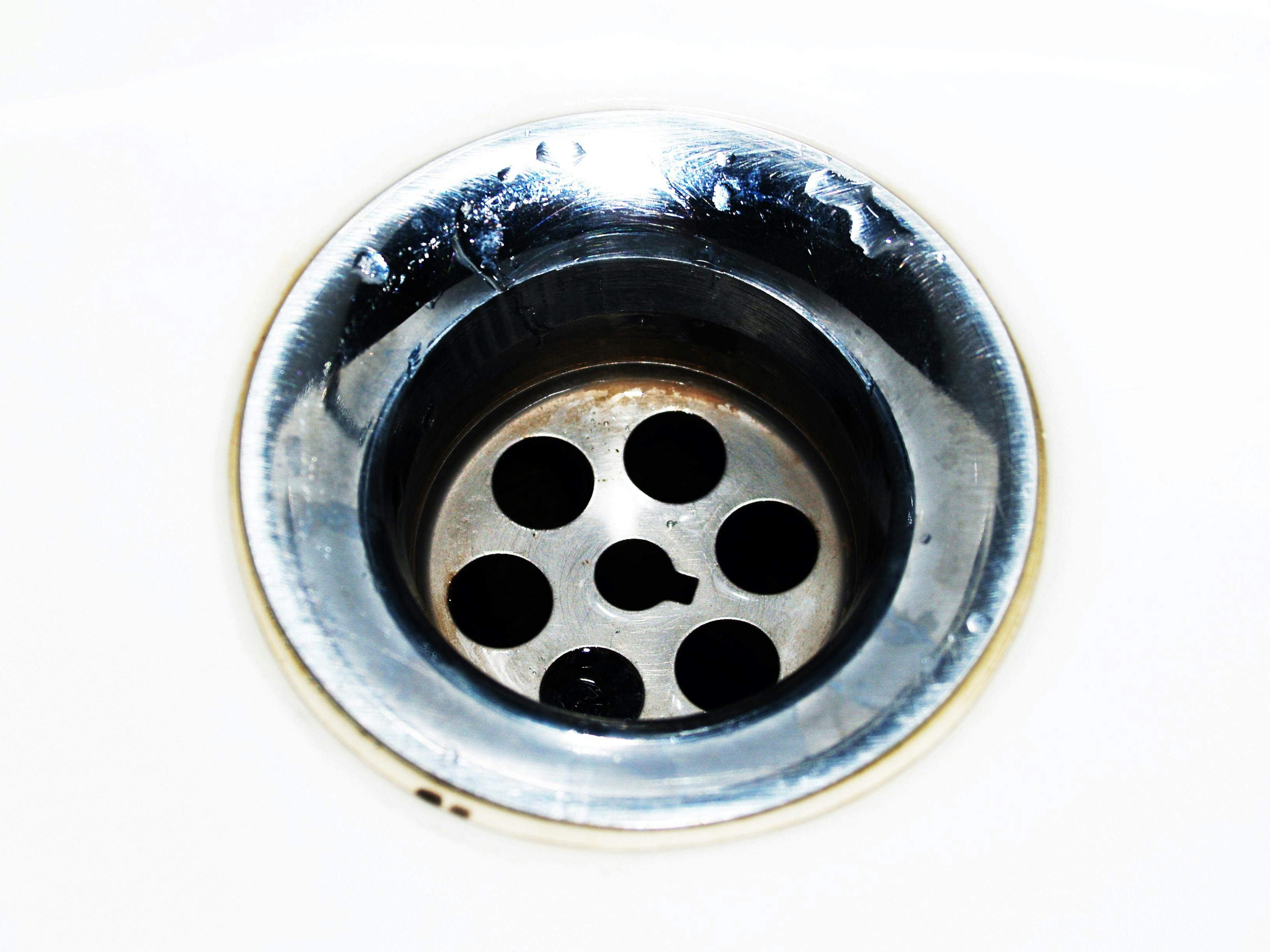
How to Properly Make Rice in Your Cooker: Essential 2025 Tips
Cooking rice can seem daunting for many, yet it is an essential skill that enhances meal variety and nutrition. In this guide, we will explore detailed methods and tips on how to cook rice effectively in your rice cooker, making it a simple and enjoyable task.
Understanding basic rice cooker instructions is crucial for achieving perfect rice every time. With the right rice to water ratio, knowledge of different rice types, and some easy rice recipes, you’ll impress your family and friends with perfectly cooked rice. We'll also cover rice cooker settings, how to keep your rice warm, the benefits of cooking rice as a staple, and innovative techniques to elevate your meals.
Key takeaways from this article include expertly crafted rice cooker tips, the importance of measuring rice and water accurately, and how to clean your rice cooker to ensure it serves you well. Whether you're preparing fluffy jasmine rice or more textured brown rice, this article has you covered.
Essential Rice Cooker Instructions for Beginners
The journey to mastering rice begins with understanding your rice cooker. Various types of rice cookers exist, and knowing how to use yours will significantly influence cooking performance. Start by reading the user manual to familiarize yourself with all the functions and settings available on your specific model.
Begin with measuring rice accurately, using appropriate measuring cups designed for rice cookers. This method not only ensures the best output, but it also prevents common cooking mistakes. Remember, the rice cooker requires a specific rice to water ratio—typically 1:2 for white rice, and slightly more for brown rice. Getting this ratio right is crucial for achieving the desired texture.
After measuring, rinse the rice under cold water until the water runs clear. This removes excess starch and prevents the rice from becoming too sticky. Once prepared, add the rinsed rice into the cooker, followed by water according to your measurements.
Understanding Rice Varieties
Your rice choice impacts the final dish significantly. Long grain rice like basmati or jasmine cooks up fluffy and separates easily, while short grain rice, such as sushi rice, becomes stickier and is ideal for Asian cuisine. Each type may have different cooking times; knowing these will ensure you achieve perfect rice.
Utilizing the Right Settings
Most rice cookers come with specific settings for different rice types. Always check if your model has options for white rice, brown rice, or even quick rice. Following the manufacturer’s instructions will enhance your cooking experience and lead to better outcomes.
Experimenting with these settings allows you to discover preferences for texture and softness. Initially opting for the standard white rice setting is ideal for beginners before exploring more intricate options.
Additional Cooking Methods
Rice cookers are versatile appliances, enabling you to cook grains beyond rice. Consider using your rice cooker for grains like quinoa or barley, adjusting water ratios as needed. This multipurpose use maximizes your appliance's functionality and expands your cooking repertoire.
Maintaining Your Rice Cooker
Cleaning your rice cooker properly helps maintain its longevity. After each use, ensure to clean the inner pot and lid, removing any residues. Regular maintenance will not only improve performance but also contribute to the safety of your cooking experience.
For a deep clean, use a soft cloth and mild detergent. Avoid abrasive sponges that may damage the inner surface, keeping your cooker spotless and ready for future use. Proper care goes a long way in ensuring delicious results from your rice cooker.

Fluffy Rice Cooking Techniques
Achieving the perfect fluffy rice can be a transformative experience in your cooking journey. The first secret to fluffy rice lies in the rinsing process, removing excess starch helps prevent clumping.
Once washed, soak your rice for 30 minutes. This preps the grains, allowing them to absorb some water prior to cooking, resulting in a fluffier texture post-cooking. Additionally, adding a small touch of salt or oil can enhance flavor and further prevent stickiness.
Common Mistakes to Avoid
Many novice cooks make the mistake of overly stirring the rice after it has been added to the cooker. This disrupts the cooking process. Stick to the instructions and avoid lifting the lid during cooking. This helps maintain the ideal steam environment necessary for cooking rice evenly.
Another issue arises from incorrect water measurements. As mentioned earlier, adjusting water ratios is essential—too little can leave rice undercooked, while too much can lead to mushy grains. Using a digital scale ensures accuracy and a better final product.
Flavor Enhancement Techniques
Elevating the flavor of your rice is simple. You can enhance the taste by substituting water with broth or adding spices. Experiment with different herbs and spices such as garlic powder, rosemary, or bay leaves added directly in the cooking phase to yield delicious flavored rice.
Cooking rice with vegetables is another excellent option—try adding peas or carrots during the last few minutes of cooking. This not only infuses flavor but also adds nutritional value to your meal, perfect for healthy eating.
Creating Rice Meals for Every Occasion
Rice makes an excellent base for numerous one-pot meals. Pairing cooked rice with proteins and vegetables can lead to gourmet outcomes with minimal effort. Some of the best rice cooker recipes include rice and beans or chicken accompanied by flavorful spices, making it an excellent option for family meals.
Batch cooking is another tip to consider; making extra rice and storing it for use throughout the week ensures simplified meal prep while saving time during busy weekdays.
Using Your Rice Cooker for Meal Prep
Your rice cooker doesn't have to be limited to rice alone. It can be used for meal prep, making cooking grains in bulk easy and efficient. You can utilize it to prepare rice salads, and mixes, or even rice pudding for dessert, expanding its functionality in the kitchen.
When preparing rice for meal prep, store your rice in airtight containers while it's still warm. This helps prevent moisture from escaping and maintains the freshness of your rice. With some simple planning, you can enjoy a variety of quick rice meals throughout the week.

Quick Rice Cooker Meals
Rice cookers are designed for convenience and time-saving approaches to meal preparation. With the right tips and techniques, one-pot meals become a reality, allowing for delicious and healthy dining experiences without the mess of conventional cooking.
The versatility of rice cookers means you can easily prepare quick meals like casseroles or vegetable rice stir-fries. By combining various ingredients in the rice cooker, you’re granted a small kitchen appliance that works magic.
How to Cook Brown Rice
Cooking brown rice may require some adjustments compared to white rice. Use a 1:2.5 rice-to-water ratio and increase cooking times accordingly. Brown rice generally takes longer due to its bran layer, but the results yield a nutritious and appealing meal if prepared correctly.
How to Cook White Rice
When cooking white rice, you can expect a shorter cooking time. The ideal water ratio is typically 1:2. Most rice cookers adjust cooking cycles automatically, ensuring perfect rice every time. Pay attention to the different cooking settings, as they play a critical role in determining the rice's final texture.
How to Make Sushi Rice in a Rice Cooker
For those who love sushi, making sushi rice in a rice cooker is an accessible option. Rinse sushi rice thoroughly and soak it for about 30 minutes before cooking. Replace plain water with rice vinegar, sugar, and salt to create that characteristic tangy flavor synonymous with sushi rice.
Once cooked, carefully fold in your seasoning using a rice paddle without mashing the grains, ensuring you maintain their desired texture.
Adding Spices to Rice
Don’t shy away from adding spices during the cooking process. Season your rice by incorporating herbs, spices, or liquid flavorings to enhance its taste. This technique provides an easy way to create aromatic rice dishes that complement your main courses well.
Storing Leftover Rice
Properly storing leftover rice is crucial for both taste and safety. Ensure to cool the rice down before refrigerating in airtight containers to prevent bacterial growth. When reheating, ensure it’s heated uniformly to the right temperature. Leftover rice can be repurposed into numerous meals, from stir-fries to breakfast dishes.
In summary, with the right techniques and knowledge surrounding rice cooking, using a rice cooker becomes an effortless and rewarding task. You'll find yourself preparing a variety of rice dishes, developing skills, and enjoying delicious home-cooked meals with minimal effort.
For further reading on rice recipes and cooking techniques, visit our links on cooking grains and healthy rice options.